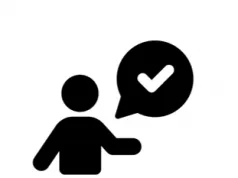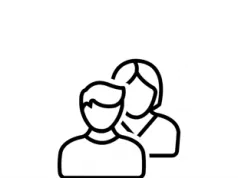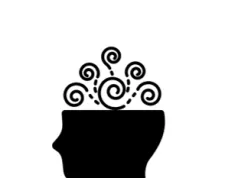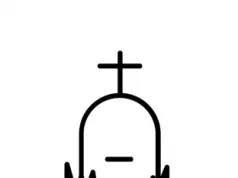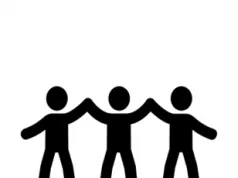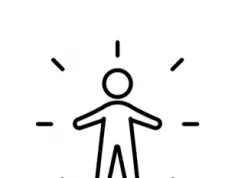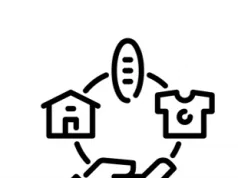Psychoanalysis is an important part of the history of psychology, and it has helped to form the theory behind a range of therapies, such as Psychoanalytical Psychotherapy and Psychodynamic Psychotherapy.
Sigmund Freud was the creator of psychoanalysis. In doing so, he came up with four key methods which are used in psychoanalysis in to maximise the chances of therapy providing successful. In this article, we take a look at these methods.
What is Psychoanalysis?
Put simply, Psychoanalysis is a set of theories and techniques which relate to the unconscious mind – which is the part of the mind that a person is unaware of, where memories of past experiences and traumas are hidden, yet continue to affect a person’s mood, thoughts and feelings to the present day.
Psychoanalysis revolves around the idea that a person’s unconscious mind influences a person hugely – and is able to explain many emotional disturbances. For instance, Psychoanalysis suggests that a person’s mental health problems could be traced back to a childhood event that they are unaware of, or have forgotten.
1. Dream Analysis
Dream analysis, as one may expect, refers to a therapist analysing and interpreting the dreams that a person has. This is based on Freud’s theory that dreams are crafted by everyday life.
By analysing dreams, it is possible for parts of the dreams to be analysed, with potential troubling areas that can be linked to wider events being identified.
Freud based this on his theory that dreams are a disguised fulfilment of a wish, and that this disguise is caused by past experiences being repressed. This idea is consistent with other areas of Freud’s theories.
Read More: Freud’s Theory on the Importance of Dreams and Dream Analysis in Mental Health
2. “Freudian Slips”
Another important part of psychoanalysis is “Freudian Slips“. This is something that is often heard in wider popular culture, having become known outside of psychology!
Freudian Slips suggests that any slip of the tongue or pen are examples of “para praxes” – which have been transferred by the unconscious mind. Essentially, Freud believes that anything that “slips” out when talking or writing, is a real belief the person has, but something that is pushed into the unconscious mind.
Therefore, these slips can lead to an individual’s real thoughts and true feelings towards a subject being revealed. This can give a therapist a broader understanding of what their patient is going through.
Read More: What is a Freudian Slip? Explaining the Freudian Slip Theory
3. Free Word Association
Free word association is another technique that is commonly used in psychoanalysis. While this method is best associated with Psychodynamic Psychotherapy and Psychoanalytical Psychotherapy, many other types of therapy use this idea as well.
This is where a person is asked to talk about whatever is on their mind. They are encouraged to not think about what they are saying – instead they should talk naturally. This can help a therapist to find consistent themes or patterns of thoughts while listening.
They will often find that a certain past experience has negatively affected them. This can help a therapist to look in greater detail at this past experience – which may be having a very poor impact on their mental health.
Read More: Freud and Free Word Association in Mental Health
4. Abstract Image
Another area that isn’t always used, but is encouraged, involves using an abstract image. Basically, the therapist hands a patient an abstract image that is very open to interpretation, an example is below.
The patient will be asked to react and explain what they see. Freud suggested this helped areas of the unconscious mind become conscious, which can help the patient to talk about hidden areas such as thoughts or desires.
By bringing elements of the unconscious mind into the conscious mind, it can greater assist the therapist in identifying troublesome thoughts and memories. Abstract images can be a useful way to get an insight into a patient’s mind.
Embed from Getty ImagesSummary
These four methods are key pillars of psychoanalysis, and are commonly used in the present day. They have been the key towards helping many people see an improvement in their mental health.
They are methods that have been adapted by other types of therapy. Freud spent significant time crafting psychoanalysis, with these methods all standing the test of time. You can see more about Freud’s theory by seeing our list of articles about Freud here.
See Also
- What Are The 4 Key Methods Used in Psychoanalysis?
- Freud and Free Word Association in Mental Health
- What is a Freudian Slip? Explaining the Freudian Slip Theory
- Freud’s Theory on the Importance of Dreams and Dream Analysis in Mental Health
- What is the Rorschach Test? Information on the Inkblot Test
- Overview of Sigmund Freud and His Theories
Disclaimer
This website should be used purely for informational purposes, and does not intend to, nor should it ever, be used as a replacement for professional medical advice.
We strive to keep all of our pages updated, and ensure that our website is full of factual and in-depth information. However, we encourage you to browse this website with care.
As a reminder, this website and all content within it cannot and should not replace the advice of a trained medical professional. You can read our full disclaimer at this link.
Helplines
If you are struggling with your mental health, help is available. With the right support and treatment, you can make a recovery. For information on helplines, or if you are in a state of crisis, please visit our crisis page by clicking on the relevant link for your geographical location (United Kingdom), (United States), (International). You can also see how to get mental health treatment and the process involved by clicking this link.


